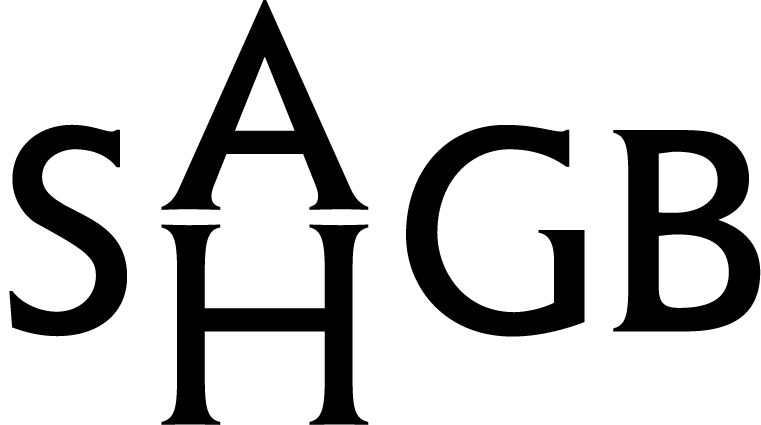This SAHGB - IHR seminar will be a hybrid event, taking place online and in person at the Institute of Historical Research, Pollard N301 (3rd Floor, North Block of Senate House, Malet St, London WC1E 7HU).
ABSTRACT
Scholarship on early modern architectural drawing is replete with discussions of artistic genius and inimitable creation. Even in the study of model books and copy drawings, scholars are eager to make attributions. With good reason: knowledge of the author, provenance and date of a drawing offers insight into its subject matter and function, and may help to explain its anomalous preservation. How then do we proceed in assessing traced drawings — renderings produced by direct, manual transfer resulting in a near-facsimile of a prototype?
This paper centres on a sixteenth-century architectural drawing book produced by tracing, conserved in the Drawing Matter Collection (UK). The approximately sixty surviving folios represent what was undoubtedly a larger compilation. These pages, originally treated with oil so as to make them transparent, contain methodical reproductions of canonical architectural details, ground plans, elevations, and machine designs. The swift, confident hand that characterises three-quarters of the material may be soundly attributed to Giovanni Antonio Dosio. The remaining folios are by a second (and possibly third?) hand; like the book itself they are workshop productions, executed for reference value. One of the most striking characteristics of the Drawing Matter book is the salient presence of annotations, which detail the name, location and dimensions of the recorded subjects, and in multiple instances, explicitly link given drawings with the ‘hand’ of an authorial designer. Indeed, the anonymity of the traced folios is accentuated, almost in a self-conscious and contradictory way, by the overt acknowledgement of architects of the ranks of Alberti, Michelangelo and Bramante. This is
The Drawing Matter book thus introduces a series of methodological issues regarding the authorship of traced drawings. Thanks to a relative abundance of paper and established techniques for semi- mechanical graphic reproduction, traced architectural drawings were relatively common by the second-half of the sixteenth century. An architect like Dosio—or any anonymous draughtsman— could easily appropriate different ‘hands’, and in doing so, came to substantially define coeval perceptions of the canonical architect-authors and their ‘originals.’
Registration:
Please use the form below and watch for the pop-up message that will appear onscreen after you submit your details. You can copy the Zoom details that will be shown in this message, for those joining remotely.
BIO
Elizabeth Merrill specialises in early modern Italian architecture, with a research focus on architectural training, and the means by which architects communicated building designs. She is the studied at Columbia University and the University of Virginia and held postdoctoral positions at the Max Planck Institute for the History of Science (Berlin) and the Warburg Institute (London). She is the Principal Investigator of the ERC project Copying as Common Practice in Early Modern European Architecture (2023-2028), a project based at the University of Ghent, which has an open vacancy (details on the 'Opportunities’ page).
Tile Image:
1. G.A Dosio and workshop (Drawing Matter, inv. 2159.007)
Book A Place:
Calling SAHGB Members!
Our Early Career Researcher Symposium will take place at Birmingham City University in June 2024. Please look out for how to register for this. The Call for Papers is open until 10 May
We launched a new Fund for Publications in December in memory of the prolific Architectural Historian, Mark Girouard. We are fundraising and building a page to collect resources about his work, and to encourage gift-giving so that we can support and inspire with future grants.
